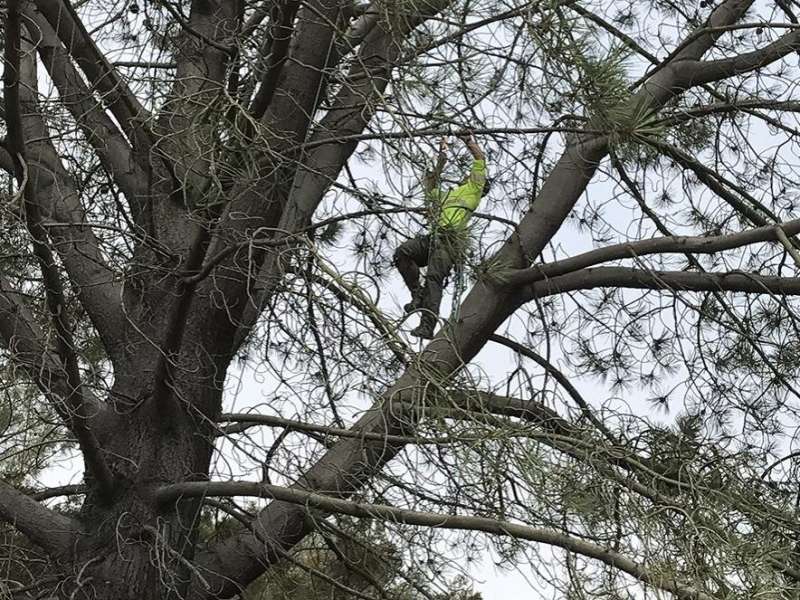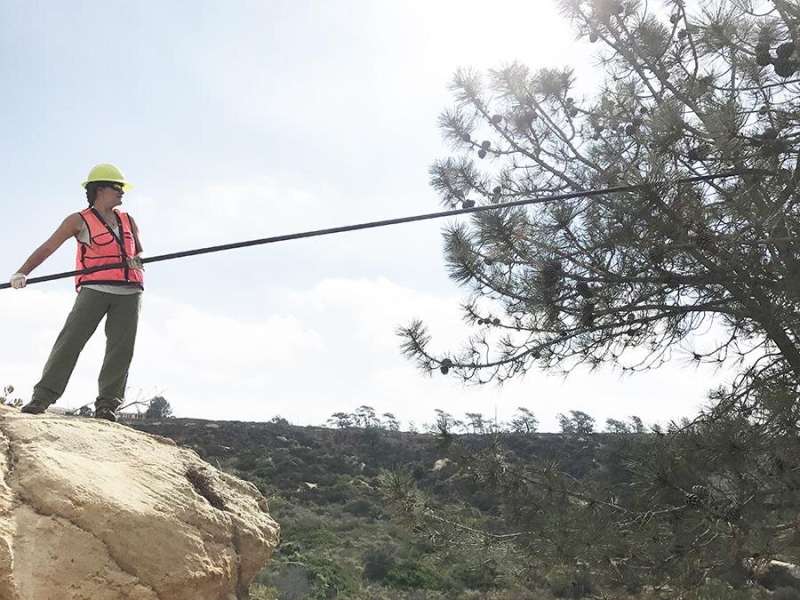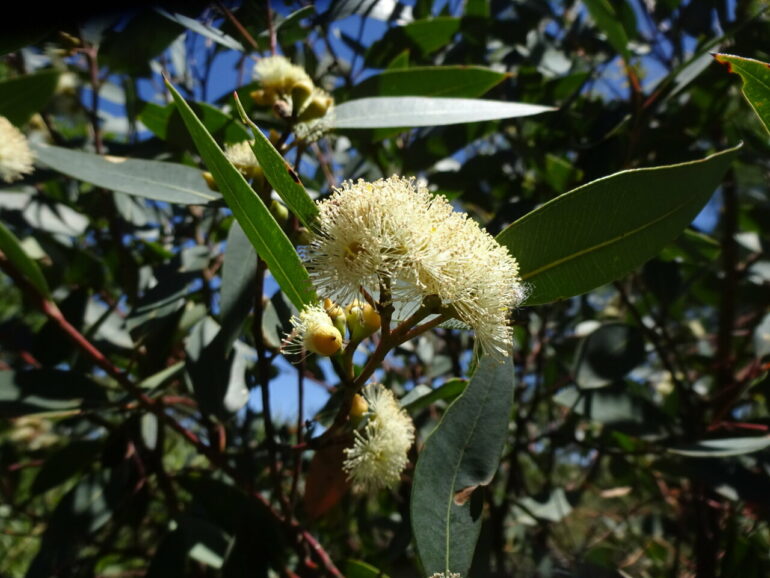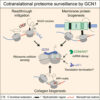A new genomic study of the rarest pine tree in the world, the Torrey pine, aimed at bolstering the case for a genetic rescue of the species barely surviving in the western U.S., revealed the complexity and risk associated with the endeavor. However, a tree geneticist at Penn State who oversaw the research suggests it may benefit efforts she is involved in to save other species in the East.
“This study was ahead of the curve, and it provides a roadmap of sorts for how we might approach preservation and conservation of genetic variation for the American chestnut and ash,” said Jill Hamilton, associate professor in the College of Agricultural Sciences and director of the Schatz Center for Tree Molecular Genetics. “It should influence how we approach conservation application of genomics for forest trees in the future. It shows that we need to consider genetic variation resulting from adaptation as we assemble seed sources that might be used for restoration.”
The Torrey pine is a critically endangered species found in just two small, widely separated populations along the coast of California. In the study, recently published in Molecular Ecology, researchers collected pine needle tissue from a total of 286 trees for genomic analysis, including 146 individuals from the mainland population at the Torrey Pine State Reserve, near La Jolla, and 140 individuals from the population on Santa Rosa Island.
The small population size, low genetic diversity, and susceptibility to disease and other stresses suggested Torrey pine might benefit from inter-population genetic rescue to preserve the species’ evolutionary potential, Hamilton noted. However, the findings of the research, spearheaded by doctoral degree student Lionel Di Santo—who was a member of Hamilton’s research group at North Dakota State University—indicated more needs to be known before a genetic rescue should move forward.

Volunteer tree climbers from the San Diego Zoo contributed to the collection of needles and cones as part of this research project. Their help was needed because cones are often found at the tops of trees. © Jill Hamilton
After analyzing genetic differences between the island population and the mainland population, Hamilton explained, it’s less clear how to proceed. This study indicates natural selection has likely contributed to the evolution of genetic differences in the populations, which may be important to the species’ survival.
While reduced genetic diversity, small population size and little genetic connectivity between populations suggest a genetic rescue could mitigate the adverse effects of rarity, the researchers reported, divergent selection suggests genetic mixing could disrupt adaptation. They concluded that more work is needed studying the fitness consequences of mixing genes from the two populations to evaluate the trade-offs associated with a genetic rescue in Torrey pine.
However, recent attacks on the mainland population of Torrey pines by the five-spine engraver beetle adds urgency to the initiative, Hamilton pointed out. Because of that threat, she added, a genetic rescue of Torrey pine may well occur without more research being conducted.
Hamilton believes the research offers a cautionary note for scientists trying to develop restoration plans for American chestnut—virtually wiped out by a fungus accidentally imported from Asia a century ago—and ash—currently being decimated by the emerald ash borer, an invasive beetle species that has spread across North America.

Emma Ordemann, a student summer intern with the U.S. Forest Service, is using a pole pruner to collect both needle tissue and Torrey pinecones for the research. © Jill Hamilton
Local populations of forest trees with broad distributions and ranges, such as American chestnut and ash, have adapted to significantly different environments, and the genes responsible for those adaptations should be preserved to add to the species’ resilience, Hamilton suggests. Her research group at Penn State is participating in multi-university and government agency efforts to restore American chestnuts and save ash.
“Right now, I think we are not sure how local is local with forest tree species,” she said. “However, we do need to conserve and maintain genetic variation, so tree species have the ability to evolve and adapt to change. The Torrey pine study shows us that.”
Hamilton has been dealing with the Torrey pine situation since she was a postdoctoral scholar at the University of California, Davis. That institution, collaborating with the U.S. Forest Service, planted a common garden experiment near the Santa Barbara Botanic Garden started by seeds that came from trees on the mainland population that had been pollinated by trees from the island population. She was assigned to watch over that experiment.
Those hybrid trees that she was responsible for almost 20 years ago are now providing the seed needed to experimentally evaluate the longer-term consequences of genetic rescue for Torrey pine, she said.
More information:
Lionel N. Di Santo et al, Reduced representation sequencing to understand the evolutionary history of Torrey pine ( Pinus torreyana Parry) with implications for rare species conservation, Molecular Ecology (2022). DOI: 10.1111/mec.16615
Provided by
Pennsylvania State University
Citation:
Torrey pine genetic research may benefit efforts to save chestnut, ash trees (2022, July 22)



